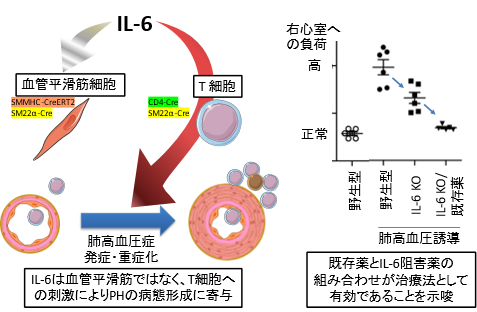2024-04-08 インペリアル・カレッジ・ロンドン(ICL)
<関連情報>
- https://www.imperial.ac.uk/news/252534/remote-monitoring-heart-attack-patients-reduced/
- https://www.jacc.org/doi/10.1016/j.jacc.2024.03.398
心臓病患者の急性冠症候群後の遠隔評価(TELE-ACS): 無作為化比較試験 Remote Acute Assessment of Cardiac Patients Post-Acute Coronary Syndrome (TELE-ACS): A Randomized Controlled Trial
Nasser S. Alshahrani,Adam Hartley,James Howard,Reza Hajhosseiny,Saud Khawaja,Henry Seligman,Tamim Akbari,Badr A. Alharbi,Paul Bassett,Rasha Al-Lamee,Darrel Francis,Amit Kaura,Mihir A. Kelshiker,Nicholas S. Peters, and Ramzi Khamis
Journal of the American College of Cardiology Published:Apr 06, 2024
DOI: 10.1016/j.jacc.2024.03.398
ABSTRACT
Background
Telemedicine programmes can provide remote diagnostic information to aid clinical decision that could optimize care and reduce unplanned re-admissions post ACS.
Objectives
TELE-ACS is a randomized controlled trial which aims to compare a telemedicine-based approach versus standard care in patients following ACS.
Methods
Patients were suitable for inclusion with at least one cardiovascular risk factor and presenting with ACS and were randomized (1:1) prior to discharge. The primary outcome was time to first readmission at 6-months. Secondary outcomes included emergency department (ED) visits, major adverse cardiovascular events and patient reported symptoms. The primary analysis was performed according to intention to treat. The trial was registered on ClinicalTrial.gov (NCT05015634).
Results
337 patients were randomized from January 2022 to April 2023, with a 3.6% drop-out rate. The mean age was 58.1 years. There was a reduced rate of readmission over 6-months (hazard ratio [HR] 0.24; 95% confidence interval [CI] 0.13 to 0.44; p < 0.001) and ED attendance (HR 0.59; 95% CI 0.59; 95% CI 0.40 to 0.89) in the telemedicine arm, and fewer unplanned coronary revascularizations (3% in telemedicine arm versus 9% in standard therapy arm). The occurrence of chest pain (9% versus 24%), breathlessness (21% versus 39%) and dizziness (6% versus 18%) at 6-months was lower in the telemedicine group.
Conclusions
The TELE-ACS study has shown that a telemedicine-based approach for the management of patients following ACS was associated with a reduction in hospital readmission, ED visits, unplanned coronary revascularization and patient reported symptoms.



